Aşağıseyit Mound Excavation Head Assoc. Prof. Dr. Erim Konakçı: One grape seed was found. It provided new information about grape consumption in these regions in the 1500s BC.
During the excavations in Aşağıseyit Mound in the Çal district of Denizli, the remains of grape seeds, which are estimated to be 3,500 years old, were identified.
In the mound, which is estimated to have been inhabited since the Copper Age as a result of surface surveys in Aşağıseyit Neighborhood, the team headed by İzmir Democracy University Archaeology Department Faculty Member Assoc. Prof. Dr. Erim Konakçı continues its excavations.
Among the finds reached by the excavation team this year, the remains of grape seeds dating back 3,500 years stand out.
Assoc. Prof. Dr. Konakçı told reporters in the mound area that the mound was used from the Chalcolithic period until the Roman period and had the appearance of a castle.

Pointing out that the findings they obtained during the excavations show the stages of the Hellenistic and Roman periods and the late Bronze Age, Konakçı said, "We have reached layers dating back to 1600 BC. We know from surface surveys that the mound dates back to the late Chalcolithic period. We also know that the settlement was inhabited in the Early Bronze Age and Late Bronze Age. We expect these layers to be reached in the excavations that will continue in the coming years."
Assoc. Prof. Dr. Konakçı stated that during the excavations, they identified two phases of the Late Bronze Age dated between the 12th and 16th centuries BC, and that they found spaces, hearths, and ovens belonging to these periods, and noted that the findings were also evaluated by archaeozoologists and archaeobotanists.

Stating that they obtained information about the seed types and plant species used in the region during both the Hellenistic period and the Late Bronze Age, Konakçı said, "We obtained data that barley and wheat were consumed. One grape seed was found. It provided new information about the consumption of grapes in these regions in the 1500s BC. We already know that there was intensive grape consumption and winemaking activity in Western Anatolia and Central Anatolia. We know that grapes played an important role in inter-regional trade. The fact that such a finding was obtained in Çal showed us that it is at a point compatible with the general character of Western Anatolia or Anatolia."
Çal Mayor Fethi Akcan stated that the district, which is one of the leading centers in viticulture, has preserved this power since ancient times and that the discovery of 3,500-year-old grape seeds is exciting.
"We have once again seen how valuable the region is in terms of tourism. Hopefully, after the excavation works are completed, we will open the region to tourism."
arkeolojikhaber - AA
photo copyright: Anadolu Agency



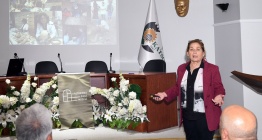

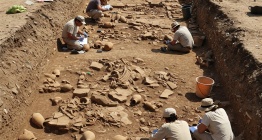
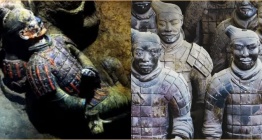
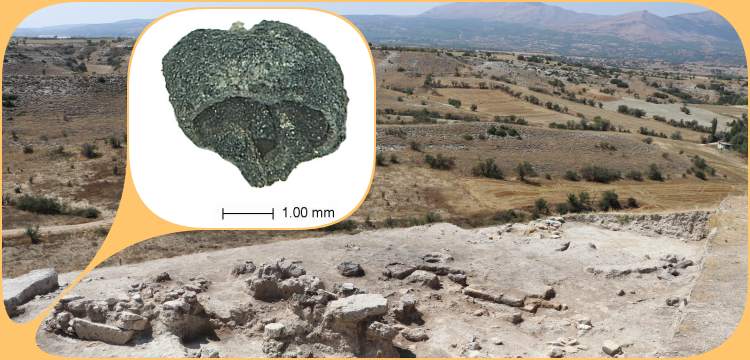
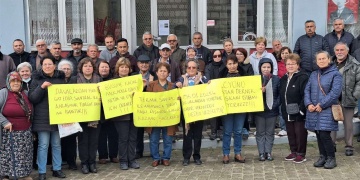 Mimarlar Odası, kendi kalesine gol atan Kazım Erol'a verilen ödülü geri aldı!
Mimarlar Odası, kendi kalesine gol atan Kazım Erol'a verilen ödülü geri aldı!  Mualla Erkurt, 360 Derece Tarih Araştırmaları'nın deneysel arkeoloji projelerini anlattı
Mualla Erkurt, 360 Derece Tarih Araştırmaları'nın deneysel arkeoloji projelerini anlattı 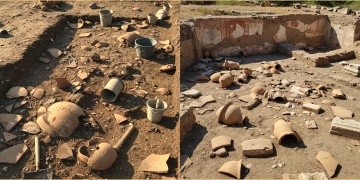 Arkeolog Sinan Kılıç: Çöp arkeolojisi kadar arkeolojinin çöpü de önemli!
Arkeolog Sinan Kılıç: Çöp arkeolojisi kadar arkeolojinin çöpü de önemli!  Çorum'da Geçmişin İzinde Arkeoloji Günleri etkilikleri yapıldı
Çorum'da Geçmişin İzinde Arkeoloji Günleri etkilikleri yapıldı 




